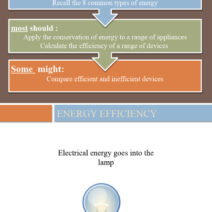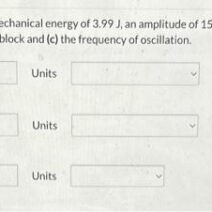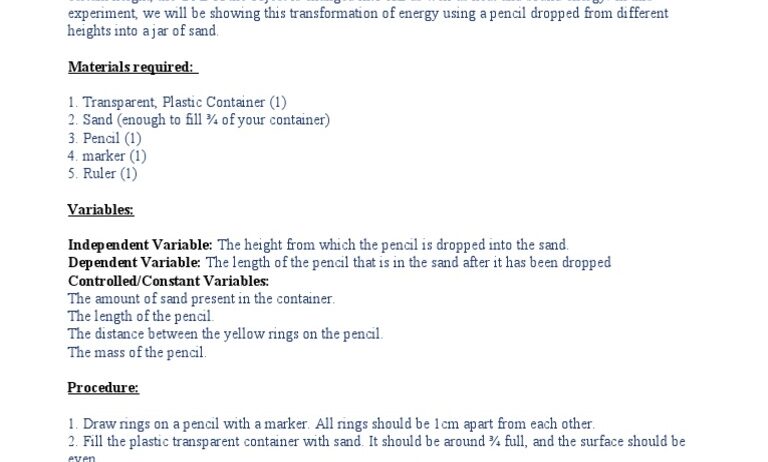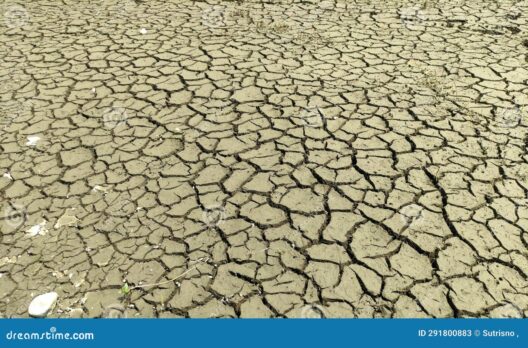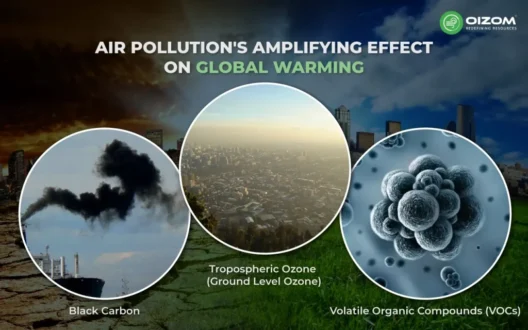The Law of Conservation of Energy is a fundamental principle in physics, embodying the core concept that energy cannot be created or destroyed, only transformed from one form to another. As we embark on this exploration, let’s ponder a playful question: Does your data support this venerable law? This inquiry could challenge conventional thinking and urge a deep dive into the multifaceted nature of energy in our modern world.
At its core, energy conservation is about balance. This principle resonates throughout nature and is pivotal to the understanding of various scientific phenomena. Energy manifests in myriad forms—kinetic, potential, thermal, chemical, and electrical, to name a few. Each transformation unveils the intricate web of interactions within ecosystems, technological systems, and even our daily lives. To approach the question at hand, one must first delineate the different forms and sources of energy present in contemporary contexts.
Consider the kinetic energy of a flowing river or the potential energy stored in a raised boulder. Herein lies the first challenge: when observing these systems, how do we evaluate the transformations of energy? For instance, the kinetic energy of water flowing at a certain velocity can be harnessed through turbines, converting it into electrical energy. The data garnered from such processes might appear to showcase a newfound creation of energy. However, this is an illusion; what is happening is a magnificent conversion from one form of energy to another. This raises an essential question: Are we perceptively misunderstanding the transformations due to our focus on output rather than the underlying energy flow?
Real-world applications further exemplify the Law of Conservation of Energy. In renewable energy technologies, solar panels convert sunlight into electricity, while wind turbines transform wind kinetic energy into electrical energy. Each of these processes emphasizes efficiency and energy turnover. However, efficiency rates vary, influencing our interpretation of how much energy is conserved versus utilized. The question again beckons: Are we accurately portraying energy conservation when the data suggests significant losses in conversion processes?
Our inquiry extends into the realm of thermodynamics, introducing the concept of entropy and the inevitable energies lost as heat during transformations. The second law of thermodynamics posits that energy transformations inherently lead to increased disorder in a closed system. Thus, while energy is preserved in totality, its usability diminishes as entropy rises. This realization can be illuminating yet alarming—energy conservation may be meticulously observed, but its effective utilization is pathologically constrained by inherent inefficiencies. How does one reconcile these data discrepancies in practical applications?
Delving into the realm of anthropogenic impacts, the consequences of energy consumption become starkly evident. Fossil fuel combustion epitomizes a widely recognized violation of energy conservation sustainability. When fossil fuels are burned, we release stored solar energy accumulated over millions of years, but this process generates greenhouse gases that ensue environmental degradation. Hence, while energy transformations adhere to conservation laws, they occasionally yield devastating side effects that threaten ecological balance. How do our data quantifications support the broader narrative of sustainability when they reveal that conservation efforts are undermined by detrimental practices?
As society swiftly pivots towards greener alternatives, the impulse to quantify and analyze our data intensifies. It is crucial to scrutinize energy footprints stemming from production to consumption. Data such as carbon emissions produced per energy unit shed light on the effectiveness of our energy choices. This leads to a strategic contemplation: Does your data conclusively reveal a sustainable trajectory? Are we, as a collective, deploying resources efficiently, or are we merely perpetuating the cycles of inefficiency under the guise of conservation?
In the context of climate change, the Law of Conservation of Energy embodies more than a scientific axiom; it serves as a poignant reminder of our responsibilities toward the planet. Transitioning to sustainable energy sources, implementing energy conservation measures, and innovating technologies to improve efficiency is not just a pragmatic response, but a moral imperative. The data we collect will not only reveal our current standings on energy conservation but also delineate the pathways towards a more resilient environmental future.
Let us also consider the concept of energy equity. Disparities in energy access inevitably influence conservation practices. Communities with limited resources might struggle to adopt energy-efficient technologies, resulting in increased energy waste and a larger ecological footprint. As we navigate this complex terrain, it is essential to address these disparities within our data analyses. How can we ensure that energy conservation efforts are inclusive and promote equity on a global scale? Are the data trends reflective of access, or do they mask deeper injustices?
The answers to these questions lie in a combination of concerted effort, rigorous data analysis, and innovative thinking. Energy policies that prioritize transparency and inclusivity will enhance our comprehension of how effectively we are adhering to the Law of Conservation of Energy. Ultimately, it is imperative to remember that real transformation arises not from abstract concepts alone but through actionable data that can steer us toward sustainable practices. In this regard, the question remains: Does your data support the Law of Conservation of Energy, or does it merely dance around the truth of our collective energy story?

